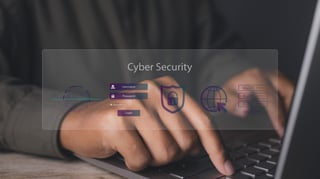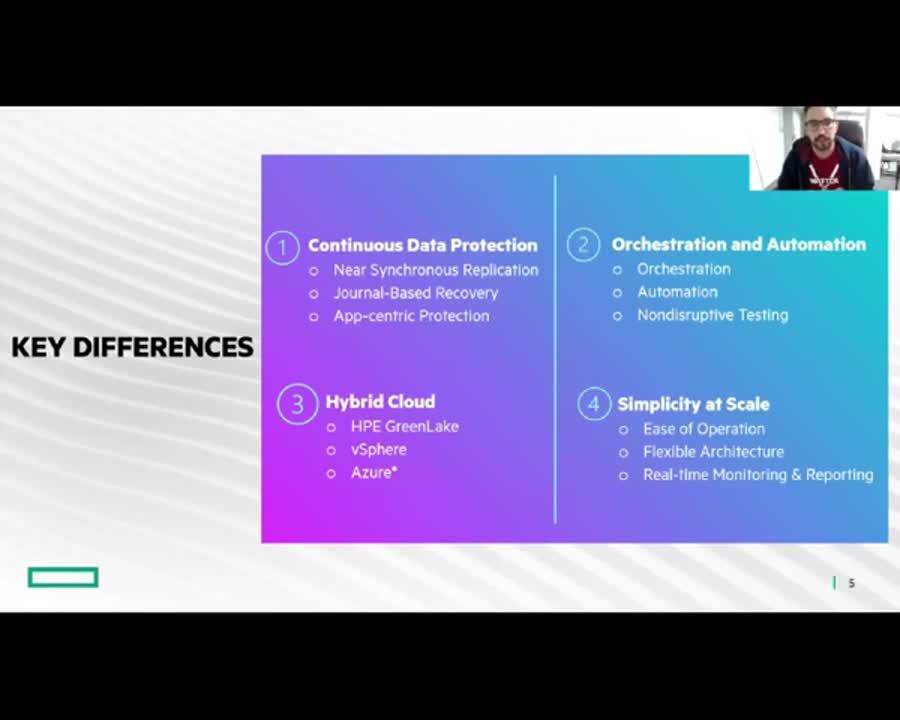 In 2023, the era of using data to transform how businesses operate continued to gain steam. To keep up with shifting business demands and ensure data remains safe, security and IT teams need to expand the capabilities within their support teams and the widening IT environments they cater to. The challenge is even more significant with the rise of modern hybrid cloud setups, which trigger unexpected complexity and unknown security vulnerabilities.
In 2023, the era of using data to transform how businesses operate continued to gain steam. To keep up with shifting business demands and ensure data remains safe, security and IT teams need to expand the capabilities within their support teams and the widening IT environments they cater to. The challenge is even more significant with the rise of modern hybrid cloud setups, which trigger unexpected complexity and unknown security vulnerabilities.
While some organizations have defined a roadmap to properly navigate these challenges, maintaining a resilient cybersecurity practice continues to be a persistent challenge due to the evolving threat landscape and ongoing IT security gaps. In this blog, we’ll explore the current state our customers are facing in today’s cyber threat landscape and discuss the recommended strategies businesses should consider and adapt to over the next few years.
Current Challenges In Cybersecurity
Over the past year, 78% of businesses faced security breaches due to their inability to understand and act on newfound cyber threat complexities. A critical challenge goes back to the lack of visibility for securing all apps and workloads – something the experts at WEI can readily assist with. After all, a CISO cannot protect what is unknown to their landscape. Apart from that, organizations cite the following as additional challenges to fortifying their IT landscape:
- The inability to verify app and workload security
- Legacy controls/unable to modernize their security operation center
- Reliance on isolated security solutions
- Too many alerts to address and prioritize, especially with ransomware and hardware attacks, which create disparity between IT security teams
- A lack of automated solutions for handling increasing data volumes
- Shortages in security staffing, skills, and experience
2023 And Beyond: Best Practices In Cybersecurity
Recently, HPE sponsored a global study conducted by the Ponemon Institute to identify distinct and proven practices for a more effective cybersecurity posture within the enterprise and how to tighten the IT security gap. Notably, 20% of those in the study acknowledged their organizations as highly effective in navigating the evolving threat landscape.
These forward-thinking organizations have already begun reevaluating their security strategies in the face of expanding edge computing and storage and are also integrating solutions from both security and hybrid cloud providers.
Below are summarized strategies that serve as a valuable blueprint for other enterprise security teams. Notable features include:
- Bigger Teams, Fewer Breaches: High performers experienced fewer data breaches and downtime when they prioritized investing in expanding and hiring highly-skilled IT security professionals.
- Zero Trust Control In Network-As-A-Service (NaaS): In the era of NaaS, high-performing teams assume direct responsibility for their zero-trust implementation and avoid reliance on service providers. This empowers them to tailor security precisely to their organization’s needs.
- Centralized Decision-Making: Clear leadership leads to a more cohesive and effective security position. High performers centralize critical decisions on security solutions and architectures. They do so with either the network or security team leading, rather than opting for a shared responsibility model as seen in other organizations.
- Secure Access Service Edge (SASE) Adoption And User/Device Visibility: High performers are embracing SASE architecture. This cloud-based security approach involves maintaining the visibility of all users, networks, and devices – a crucial aspect of strong cybersecurity.
- Continuous Monitoring And Real-Time Solutions: Proactive teams boost internet of things (IoT) risk mitigation through continuous network traffic monitoring, swiftly identifying anomalies, and implementing real-time solutions to counteract malicious activities from compromised IoT devices.
- Network Access Control (NAC) Solutions And Integration: Integrating NAC solutions into the security stack improves compliance and IoT security.
- Evolving Vendor Relationships: Leading organizations are actively and consistently reassessing vendor relationships in response to the shift to edge computing and storage. Many anticipate their current vendors will provide customized security solutions specifically designed for edge environments, rather than relying on their infrastructure providers for edge protection.
- Hardware Security Focus: Organizations that prioritize cybersecurity actively focus on securing both software and hardware. This involves the use of servers equipped with security certificates to detect tampering and infrastructure employing chips or certificates for the same purpose. They also emphasize the value of data protection and recovery in their overall security strategy.
By investing in these best practices, any competent IT team can demonstrate a clear commitment to a robust cybersecurity posture, ensuring they are well-equipped to navigate the evolving landscape of cyber threats in the years to come.
Final Thoughts
In the current era of data-driven transformation, success lies in seamlessly integrating security measures with modern hybrid cloud solutions. Businesses that strategically adopt this approach are then equipped to meet the challenges presented by the evolving data landscape.
Certified at the highest levels by a myriad of the industry’s top cybersecurity partners, WEI’s security experts are ready to guide you through a holistic security practice. This involves leveraging protective foundations from providers, adopting technologies for automated infrastructure integrity verification, and implementing network segmentation.
Through these measures, we effectively mitigate hidden threats within your IT infrastructure, ensuring long-term security within your organization. Contact WEI today to get started.
Next Steps: Explore disaster recovery as a service (DRaaS) from Zerto and dive into the benefits with the experts. Learn how DRaaS from Zerto, paired with the intelligence of HPE ProLiant Gen11 servers powered by 4th Generation Intel® Xeon® Scalable processors, helps mitigate downtime and data loss.












